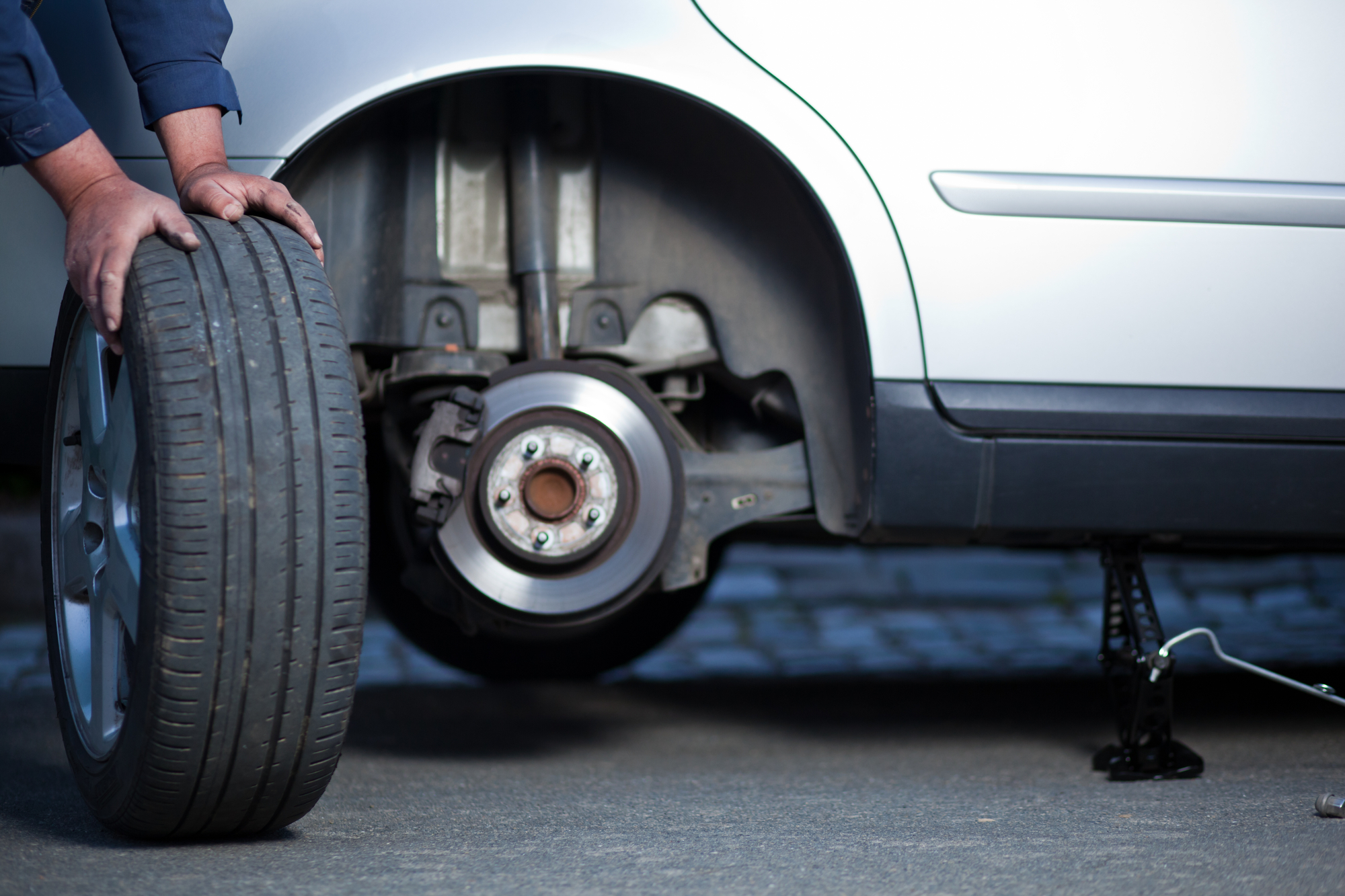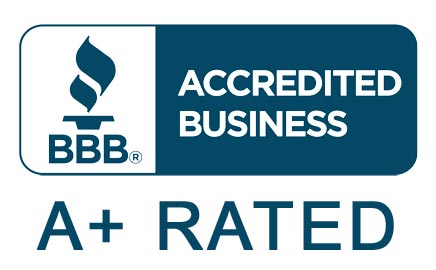Do I need an alignment after replacing tires? This is one of the most common questions people ask after getting new tires. While alignment isn’t required, it’s strongly recommended for several reasons. Besides extending the life of your tires, an alignment will help keep you safe on the road.
What is an alignment?
An alignment is the adjustment of the suspension, the system that links the vehicle to its wheels. When a vehicle’s tires are aligned correctly, they turn in a straight line, making it easy to steer the vehicle.
What’s the purpose of an alignment?
An alignment ensures that the tires perform properly and extends their life. Fine-tuning the angles of the suspension system makes sure that all four tires are pointed in the appropriate direction. Alignments also improve drivability, keeping the vehicle from vibrating strangely or pulling in one direction on the road.
Do I need an alignment after replacing tires?
Tire stores and auto care shops strongly recommend an alignment after replacing tires for full tread life. An alignment assures that the tires meet the road at the appropriate angle and that they are centered correctly in the wheel wells. When the wheels are aligned to meet the original specifications, the vehicle gets better gas mileage, the correct road contact, a smooth ride, and long tire life.
What happens if I don’t get an alignment?
If a potential problem isn’t addressed early own by getting an alignment, tires could end up with premature damage, making them ineffective when it comes to safe driving. Misalignment can also put excessive stress on the suspension, running the risk of damaging suspension components that could lead to expensive vehicle repairs.
In addition, when driving at higher speeds, a vehicle that’s out of alignment can make steering difficult, can cause your car to shake, and increases the likelihood of an accident. Tires that are out of alignment also tend to pull to the side, causing the driver to maintain a hard grip on the steering wheel to keep the car under control. Tire drag caused by misalignment can also cause the vehicle to consume more fuel.
Consider the Warranty
When it comes to getting an alignment after replacing tires, it’s also important to consider the warranty on the tires. Having an alignment helps make sure that any defect that shows up during the warranty period is a manufacturing issue. The last thing you want to do is void the warranty because of wear that could have been avoided by having an alignment.
Do I Need an Alignment after Replacing Tires?
Yes! From a cost perspective (an investment of $500 or more for new tires), it just makes sense to ensure that a misaligned suspension doesn’t shorten their life. From a safety standpoint, it is the tread on the tires that determines how the vehicle handles the road. Without the appropriate wheel alignment, tires can end up bald on one side, a factor that often goes unnoticed. This thinning can cause slippery spots on the tire that’s unsafe for driving, especially during cold weather. If you think you may need an alignment, please contact us today.







Join the discussion 6 Comments